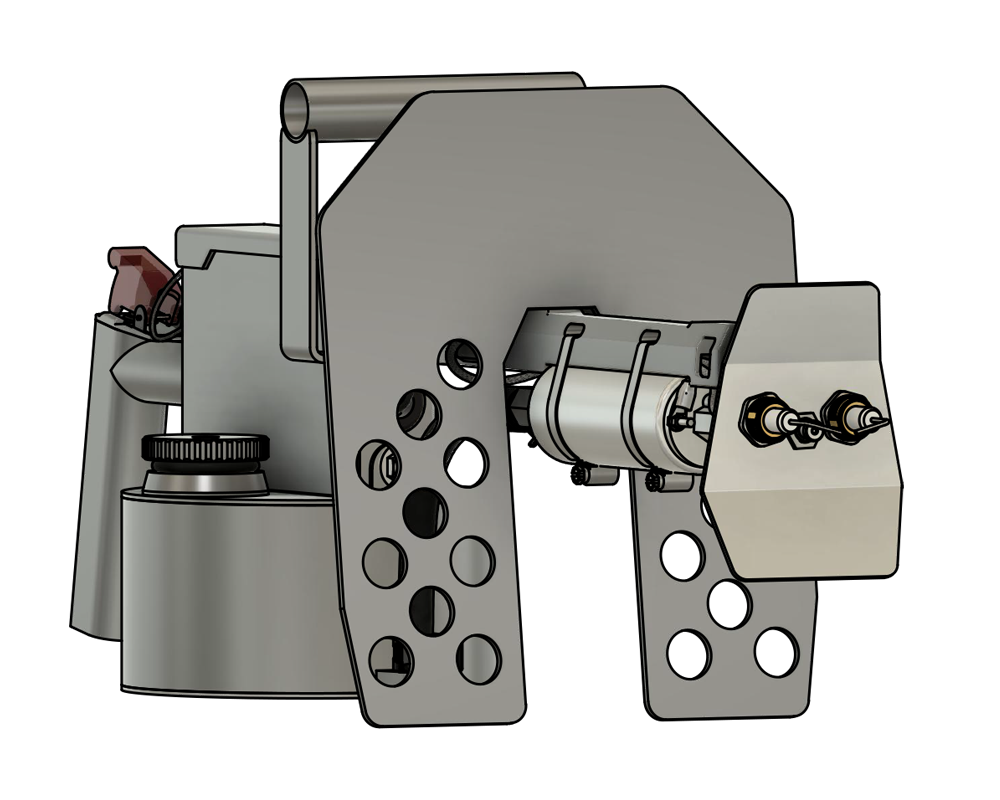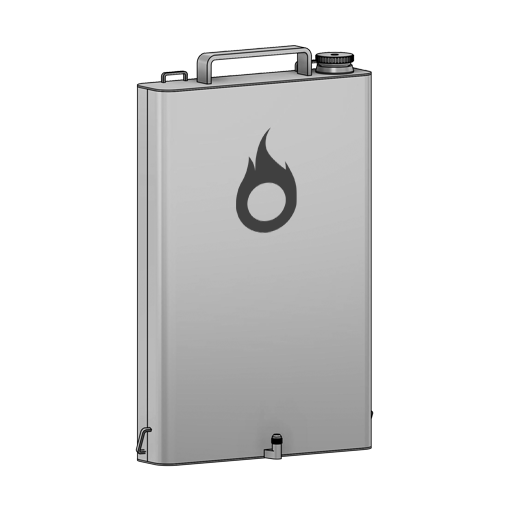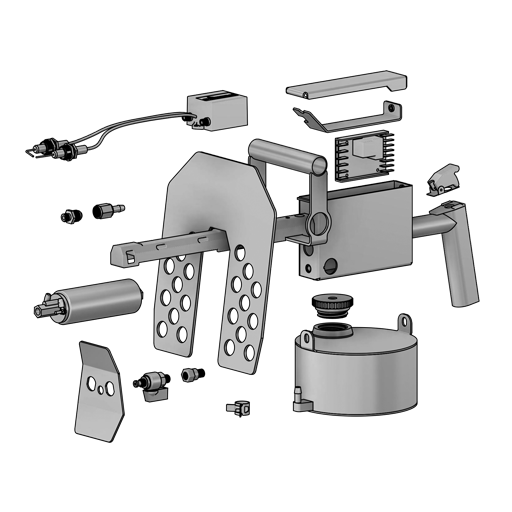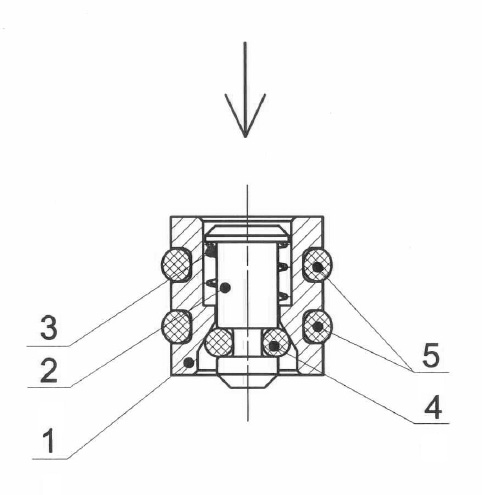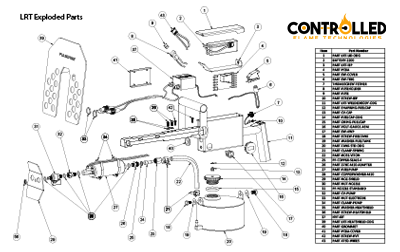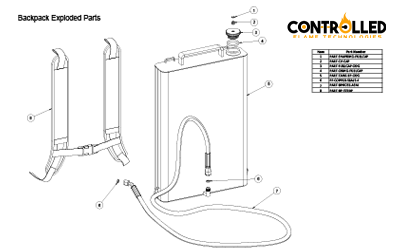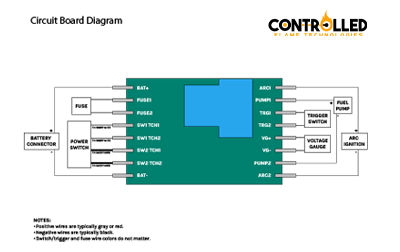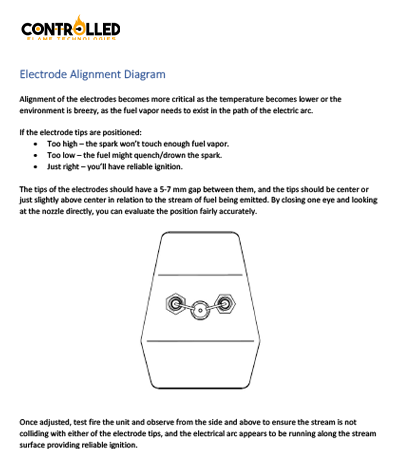Frequently Asked Questions
The Pulsefire Long Range Torch system is a liquid fuel flame stream system that is built to be as safe as possible for a device of its nature. Our team developed every aspect with user safety in mind. For example:
- The nozzle design helps keep fuel and flames at the nozzle instead of dripping back toward the user.
- The ignition system is on-demand; no need for an open flame pilot torch or pressurized butane.
- The fuel storage tank(s) are non-pressurized, like any typical gasoline powered outdoor tool.
- A check valve between the pump and nozzle prevents fuel flow between activations.
- A low voltage cutoff circuit prevents over-discharging the battery used to power the unit.
Of course, flame producing equipment is inherently hazardous. Good judgment is key to maintaining personal safety. When the battery is connected, and the power switch is on, pressing the trigger switch will generate fuel and flames about 8 meters away if there is any fuel in the reservoir. We recommend to always transport the device with the battery disconnected to prevent accidental activation.
No. There is not enough air inside the plumbing to facilitate a flame front that is in any way harmful. The convoluted and tight-tolerance geometry inside the fuel pump combined with an ultrafine metal screen mesh provide built-in flame arresting properties. The tiny nozzle orifice and all-metal check valve also contribute to this resistance. There will always be some level of liquid fuel trapped inside the plumbing even when apparently “running on fumes” due to the components and paths involved.
No. We use a tight tolerance high speed fuel pump with a fine screen mesh filter that is designed for low viscosity, non-conductive fuels.
Firefighters and forestry users will typically use up to 50% diesel fuel in order to slow the burn while also increasing the flame temperature. It’s a bit more oily and clings to things better.

